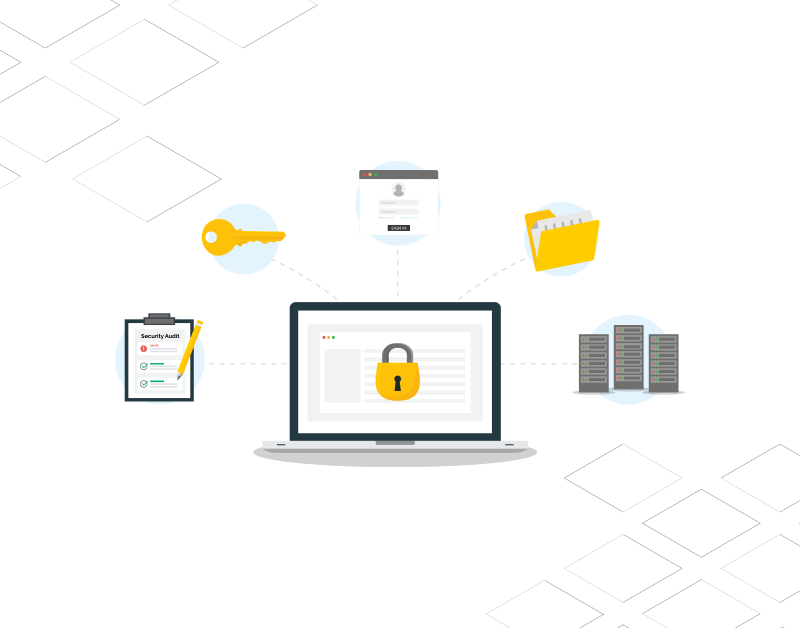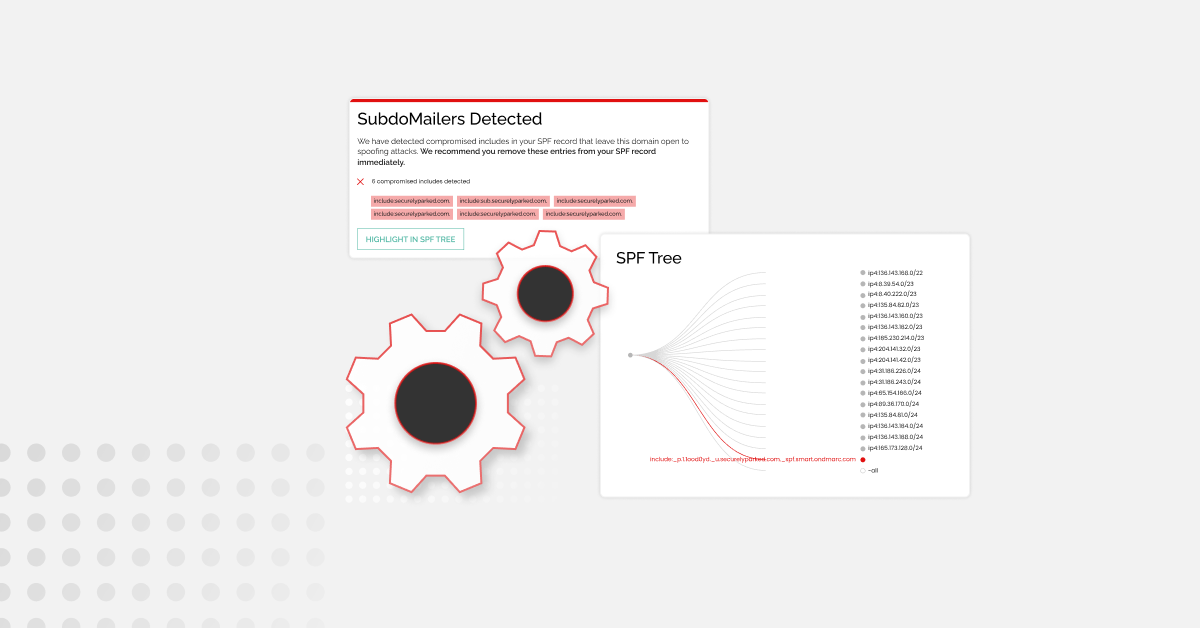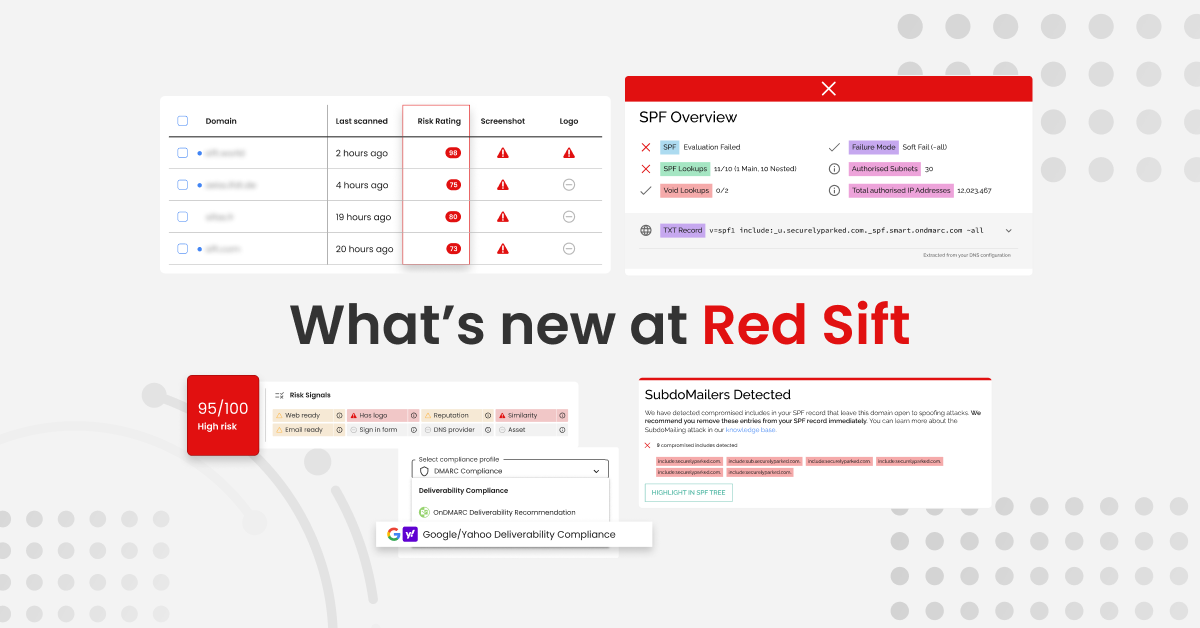Network security audits are regular and scheduled checks conducted to assess a business’s IT systems. Their purpose is to find any underlying security issues that could compromise the safety of your business data and the privacy of your users, employees, and customers. Auditors use a variety of digital and physical security protocols. By the end of each audit, they would cite any internal oversight or compliance violations that the organization must immediately address to prevent serious security problems.
Areas of concern in security audits
Network security audits are comprehensive and cover the critical areas of any business organization’s productivity and the safety of their confidential business data. Here are some of the things that network security auditors check:
1. System security
Security audits primarily look for vulnerabilities within and outside the network. Auditors identify the biggest threats to the organization by looking into historical records (e.g., recent hacking incidents and the methods involved) and finding weak spots in perimeter security.
Next on the priority list is internal security. Since threats from within often involve oversight and poor password hygiene, expect auditors to check existing password policies and how well they are implemented. They will issue reminders to avoid easy-to-guess or common-knowledge passwords like a mother’s maiden name, pets’ names, birthdays, and 0000. Auditors may recommend using a verified password manager for convenience and inbound email security that flags suspicious emails (e.g., spammy, contain malware, or possible brand impersonation) for extra email protection.
System security checks also look into network firewalls, antivirus software, and other technologies for domain protection. This part of the system security check is paramount if your company operates as a remote or hybrid work setup.
2. Standards and procedures
All IT networks have standards and procedures that all users must follow to maintain network integrity and security. These policies are crucial for protecting your brand and critical business data, like customers’ profile information, business banking information, logins, and passwords, etc.
Besides security-related SOPs, auditors will also look into internal policies for security level access (i.e., identifying the security level permissions of each position and whether an employee should only have access to data they use for work).
3. Control implementation
All networks have control policies in place. But are yours secure enough, or are there loopholes that hackers can exploit to obtain access to programs and data illegally?
Control implementation audits prevent data loss, theft, and manipulation. Auditors check if there are enough security controls, like multilevel authentication and MTA-STS or Mail Transfer Agent-Strict Transport Security. MTA-STS is a simple mail transfer protocol that enforces TLS (transport layer security) encryption on emails to ensure that hackers cannot decipher messages mid-transmission.
4. Performance monitoring
Ensuring email protection and domain protection, preventing data loss, and installing robust firewalls and antivirus software – organizations implement these measures to ensure a smooth operation and eliminate disruptions that can affect performance and productivity. As such, security audits also check how security protocols affect overall performance.
Since it’s difficult to allow compromises for either security or performance, IT teams would have to develop solutions that will allow for ease of use of the business’s network without falling short on network security.
Network security audits conclude with a detailed report about the system’s existing vulnerabilities and recent undetected threats, which the organization should be prepared against. Most importantly, the audit report will include recommendations on improving current security protocols, whether by acquiring new technologies or strict enforcement of SOPs.
Reinforce network security with Red Sift
Protecting your brand is likely not the first thing on your priority list when conducting a network security audit. But as brand impersonation has reached an all-time high, network security checks should also focus on brand protection.
Red Sift‘s Digital Resilience Platform solves for the greatest vulnerabilities across your complete attack surface, including email, domains, brand, and your network perimeter. Our solutions can help reinforce network security by protecting networks against inbound and outbound threats. Phishing, brand impersonation and abuse, and man-in-the-middle attacks are just some of the hacking methods we address.
Learn more about our platform and how our solutions can improve your network security. Contact us today.







